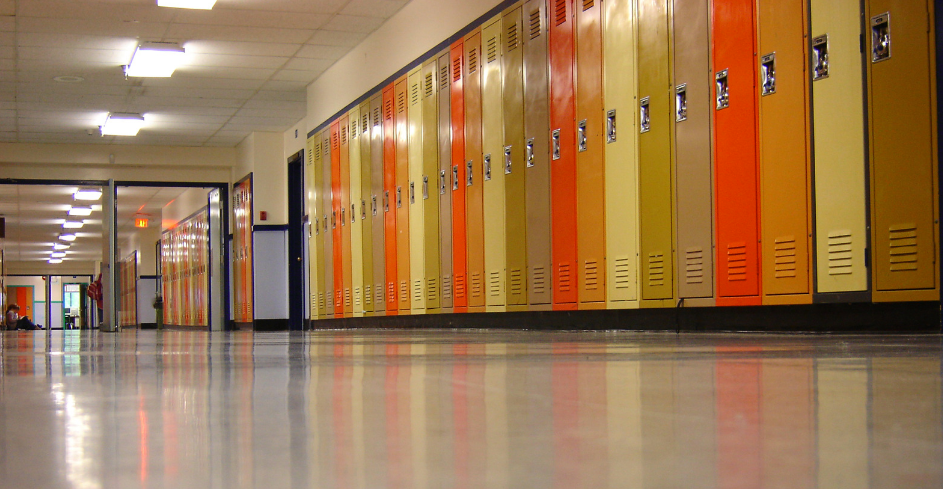
The Sacramento City Unified School District has received harsh criticism for its failure to meet the needs of students with learning, physical, and behavioral disabilities, according to a civil grand jury report released Monday.
After an eight-month investigation, the grand jury concluded that the district has long neglected to address persistent issues in its special education department, which serves approximately 7,000 students.
District leaders acknowledged these shortcomings in their response on Monday, labeling them "accurate" and committing to improvement.
"It is unacceptable that we are failing to provide appropriate educational services to our most vulnerable students and those with disabilities," the district stated. "This report is a sobering reminder that we must do better for our students and families."
The Sacramento City Teacher's Association (SCTA) has echoed these concerns since 2017.
"We hope this is the last wakeup call that Sac City Unified needs," said Nikki Milevsky, SCTA president.
SCTA has filed multiple complaints with the California Department of Education, some of which have been upheld.
"SCUSD has been officially admonished numerous times regarding its Special Education Department. The California Department of Education (CDE) has found SCUSD out of compliance for several years," the report reads.
Milevsky emphasized the district's failure to focus on intervention efforts for struggling students, often placing them in special education classes unnecessarily.
"Our district has really been remiss in providing that level of intervention for our students. That's really step one," Milevsky said.
The grand jury report found no evidence of progress in early intervention and improving special education services over the past seven years.
A lawsuit settled about a year ago accused the district of segregating special education classes and disproportionately impacting Black and minority students.
"CDE has warned the district for the past three years that its special education programs are 'significantly disproportionate.' There are more students of color in special education than expected based on their percentage of the general student population," the report reads.
The report also criticized the district for excluding parents from the "individualized education plan" process for their special education students.
"District-level staff were making decisions about students without the parents being present," Milevsky said.
The report includes 13 recommendations, one of which urges district leaders, teachers, and staff to collaboratively develop a plan by early January to integrate special education into the general education program rather than treating it as a separate entity.
Comments (0)